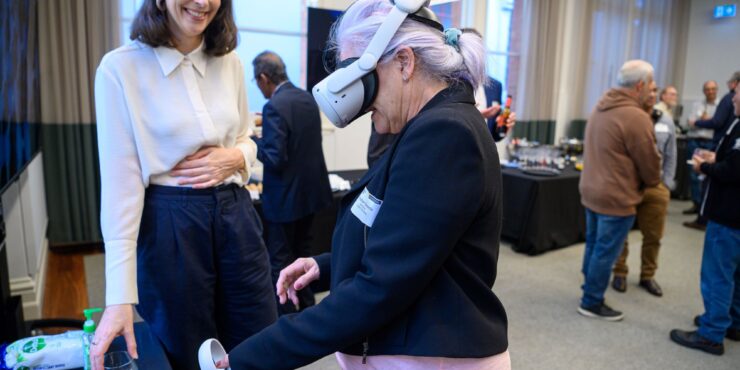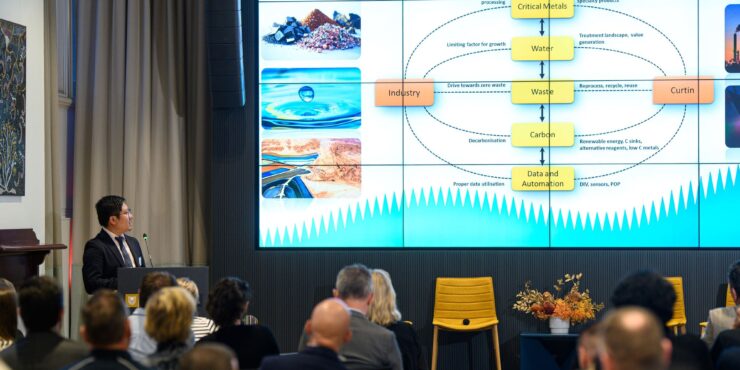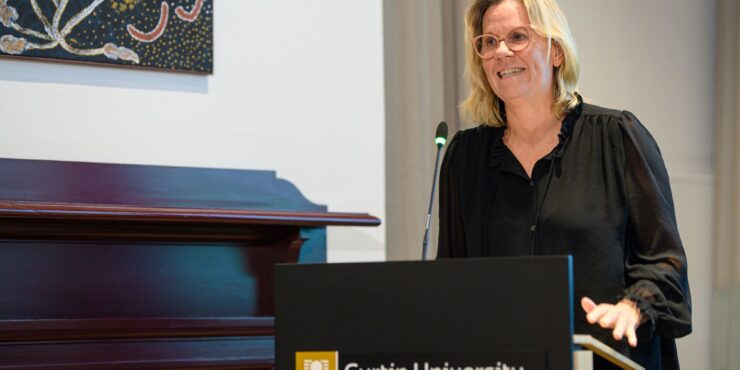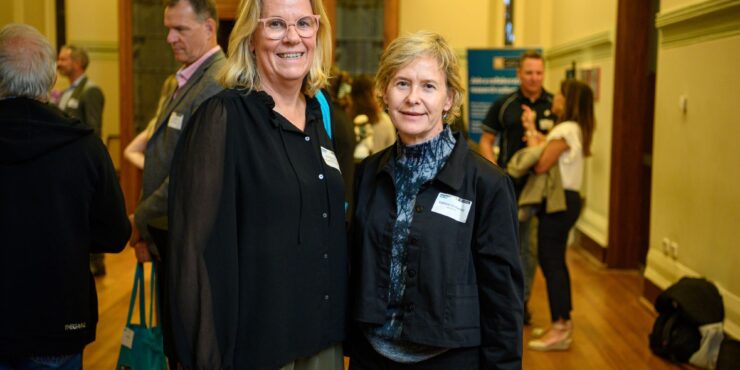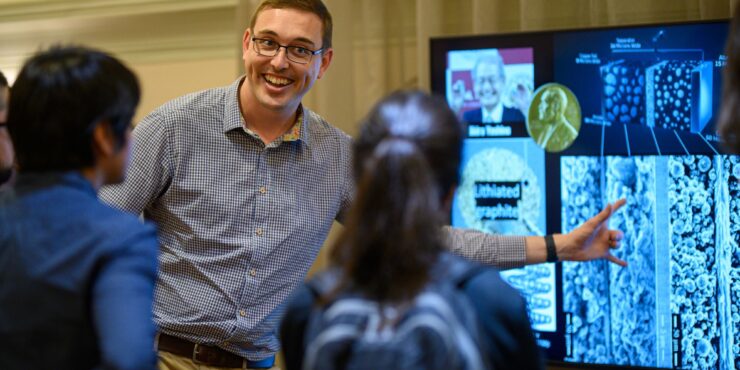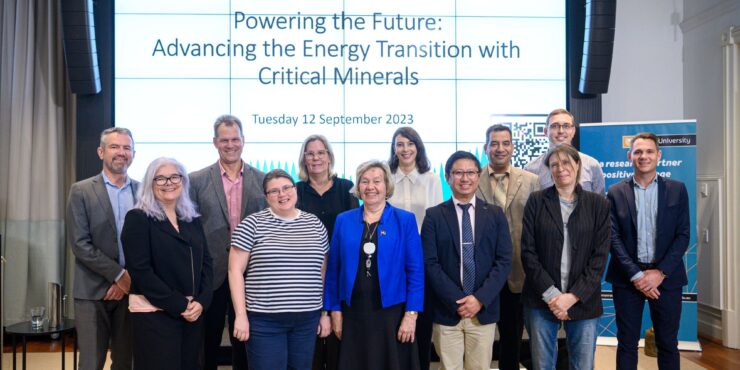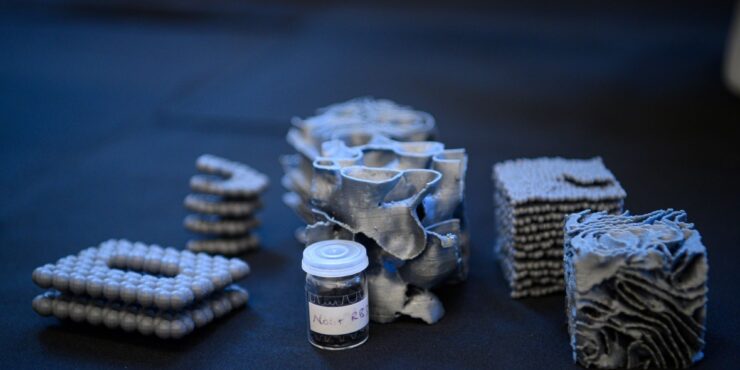The world desperately needs efficient supply of critical minerals to deliver new technologies for energy transition.
On Tuesday the 12th of September, researchers from Australia’s leading School of Mines and the Curtin Institute for Energy Transition explored the way forward for sustainable practices in critical minerals exploration, extraction, processing and supply, and what the concept of a ‘social licence to operate’ means for mining companies and regional communities.
The event even included a virtual reality exhibit on world-first research that has produced a computational microscope that can self-assemble disordered carbons. The exhibit allowed attendees to dive into a range of carbon structures, including fullerene, nanotubes, screws and wormholes, and explore cutting-edge non-crystalline structures in representational modes – from the classic ball-and-stick model to ring-based meshes.
